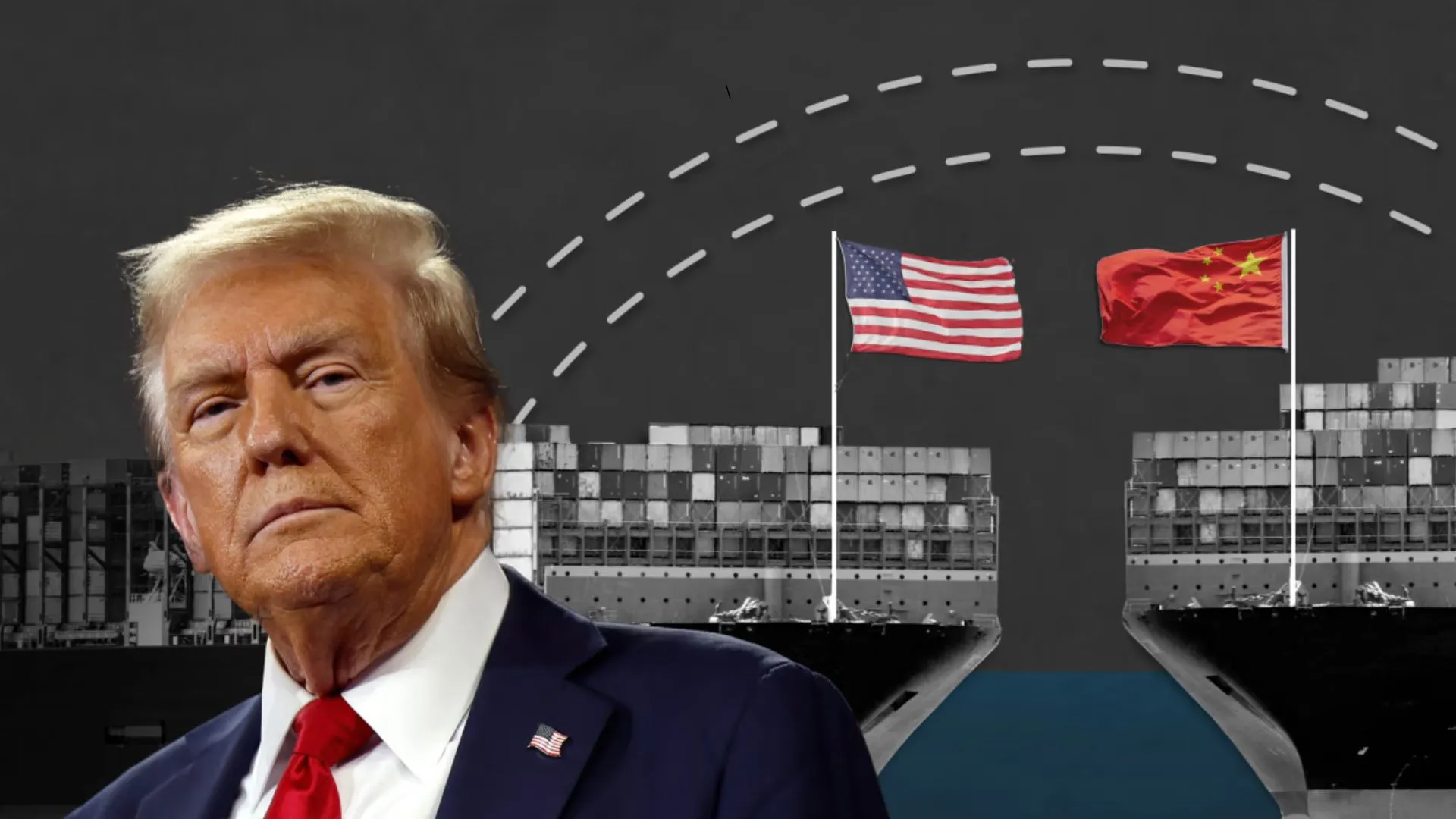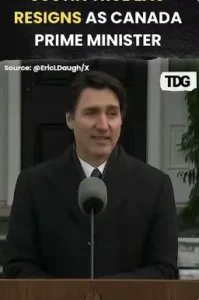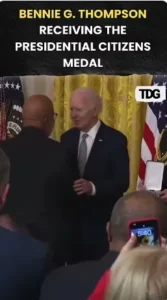The Trump administration, initially confident in using tariffs to shift global trade, is now scaling back its approach. Over the weekend and into Monday, President Donald Trump began to reduce certain parts of the tariff war, particularly those involving car imports. While some view this as a smart change in strategy, it reflects growing pressure on the administration. Five key factors—market turmoil, Wall Street warnings, long-term economic risks, a drop in public support, and China’s ongoing retaliation—have forced the White House to reconsider its position.
1. Market Turmoil and Investor Concerns
The financial markets reacted sharply to Trump’s tariff plans, especially those targeting Chinese imports and potential new tariffs on car parts. As tariff threats increased, markets worldwide began to fall. However, when Trump suggested temporary exemptions for vehicles and parts, stock markets in both the U.S. and Europe rose. Investors appeared relieved by this softening of the approach, with the Dow Jones Industrial Average seeing a significant increase. The announcement seemed to reassure the markets, signaling that Trump might be taking a more practical route to stabilize the economy. Concerns about rising costs, supply chain disruptions, and inflation—particularly in the automobile industry—had been escalating. Trump’s mention of exemptions helped ease these concerns, prompting the markets to react positively.
2. Wall Street Pressure
In addition to market fluctuations, influential figures in the financial world began to voice concerns. Business leaders, who had initially supported the tariff strategy, started warning that it was backfiring. Politico reported that experts pointed out China’s retaliatory measures, such as halting key imports like liquefied natural gas and beef, directly impacted industries in states that strongly support Trump. These targeted actions made Wall Street even more nervous, fearing the trade dispute could lead to long-term economic harm. Ben Lilliston from the Institute for Agriculture and Trade Policy explained that while tariffs might raise prices, China’s use of health and licensing regulations had blocked entire markets, deepening concerns in U.S. financial circles.
3. Long-Term Economic Risks
The Trump administration initially believed that the tariff war, though painful in the short term, would bring long-term benefits. However, as China retaliated by restricting exports of rare-earth minerals essential for high-tech products like electric vehicle batteries and semiconductors, the risk of lasting damage became more evident. According to the Times of India, these rare-earth restrictions could severely harm U.S. industries like green energy and defense. The U.S. relies on imports for these minerals, and with no immediate alternative, industries like petrochemicals—which usually support Trump’s policies—now face significant risks. Experts like Al Greenwood of ICIS warned that such trade disruptions could have lasting effects on American manufacturing, especially in the early stages of a new presidential term.
Meanwhile, farming states are also being affected, as China has used health claims to block U.S. poultry and beef imports. Politico noted that China has long employed these regulatory tactics as political tools. These moves not only harm the economy but also threaten Trump’s support in key states like Iowa, Nebraska, and Texas.
4. Drop in Public Support
One of the most damaging effects for Trump has been the significant decline in public approval. A CBS News poll revealed that 75% of Americans believed Trump’s tariffs would increase prices in the short term, while nearly half said his policies had worsened their financial situation. Only 22% thought prices would stay the same or decrease. CNN’s Harry Enten observed that Trump’s approval rating had dropped sharply, from +6 in February to -6 more recently. This marked the first time Trump’s disapproval rating surpassed his approval. Voters increasingly blamed his economic policies rather than President Biden’s, signaling a shift in public sentiment. This is particularly significant because Trump has long presented himself as a strong economic leader.
5. China’s Strategic Retaliation
Many analysts believe Trump miscalculated China’s response to the tariffs. China’s retaliation has escalated the conflict from a trade dispute to a full-blown trade war. China has blocked U.S. beef and poultry imports under the guise of health regulations, stopped buying natural gas, and limited exports of rare-earth minerals. These actions have struck at U.S. industries that are critical to both the economy and Trump’s political base. Darci Vetter, a former agricultural trade negotiator, explained that China is using health and safety rules as negotiation tools. Georgetown University’s Marc Busch added that these tactics allow China to damage U.S. industries without appearing to retaliate directly, making it harder for the U.S. to fight back.
China’s retaliatory measures seem deliberately designed to target states and sectors that are politically important to Trump. For instance, halting natural gas imports impacts an industry that supports Trump, while blocking poultry and beef exports harms rural states that are crucial to his political base. By framing these actions as following global trade regulations rather than direct retaliation, China has been able to maintain pressure on the U.S. without escalating tensions further. Given its history, China seems willing to use trade as a political tool for the long term.
In conclusion, the Trump administration’s initial confidence in tariffs as a strategy to reshape global trade has been weakened by market instability, economic warnings, declining public support, and China’s calculated retaliation. These factors have pushed the White House to reconsider its stance and adopt a more cautious approach as the situation continues to evolve.























